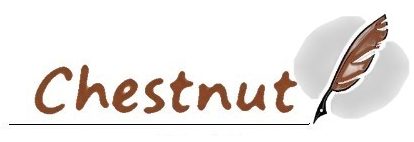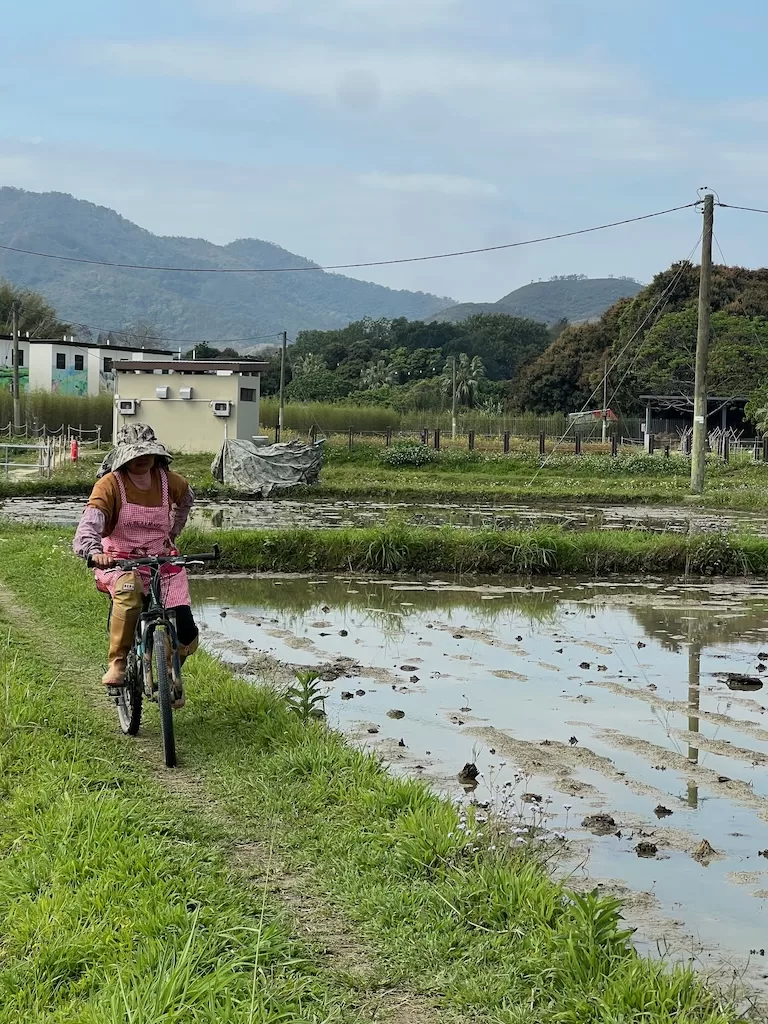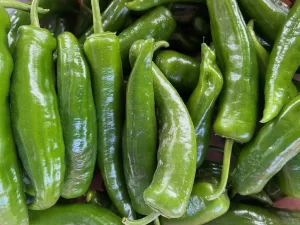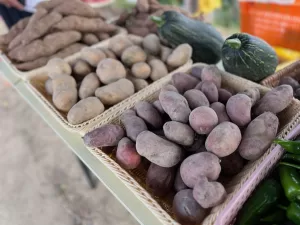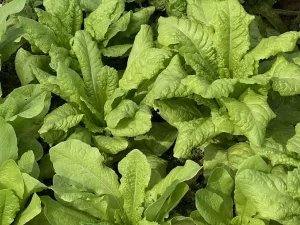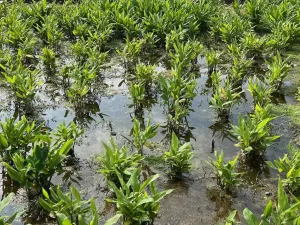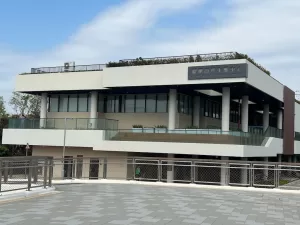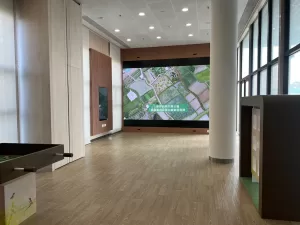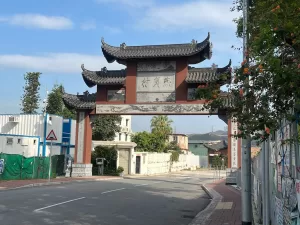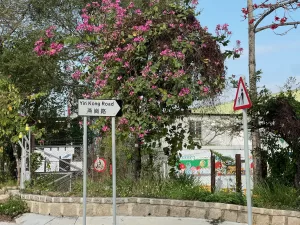The Long Valley Nature Park
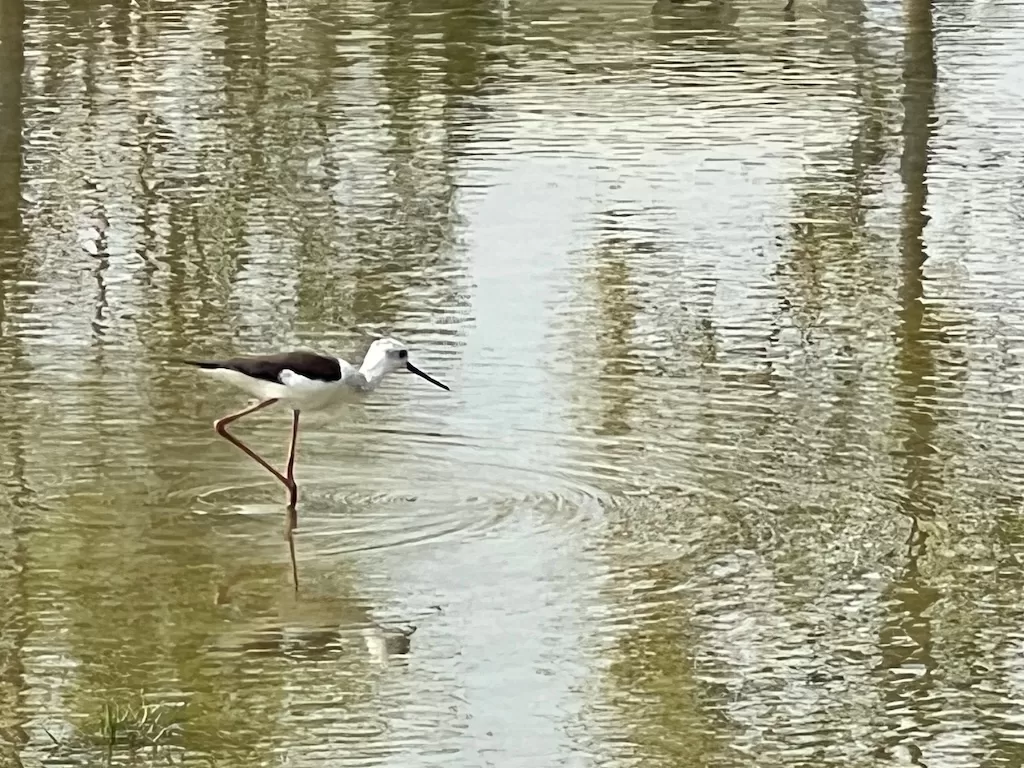
The wetlands of Long Valley in Sheung Shui have finally opened to the public as a site of ecological tourism since November 2024. Wedged between the Sheung Yue River and Shek Sheung River in Sheung Shui, Long Valley had long been the freshwater marsh that gives home to water crops and many species of birds.
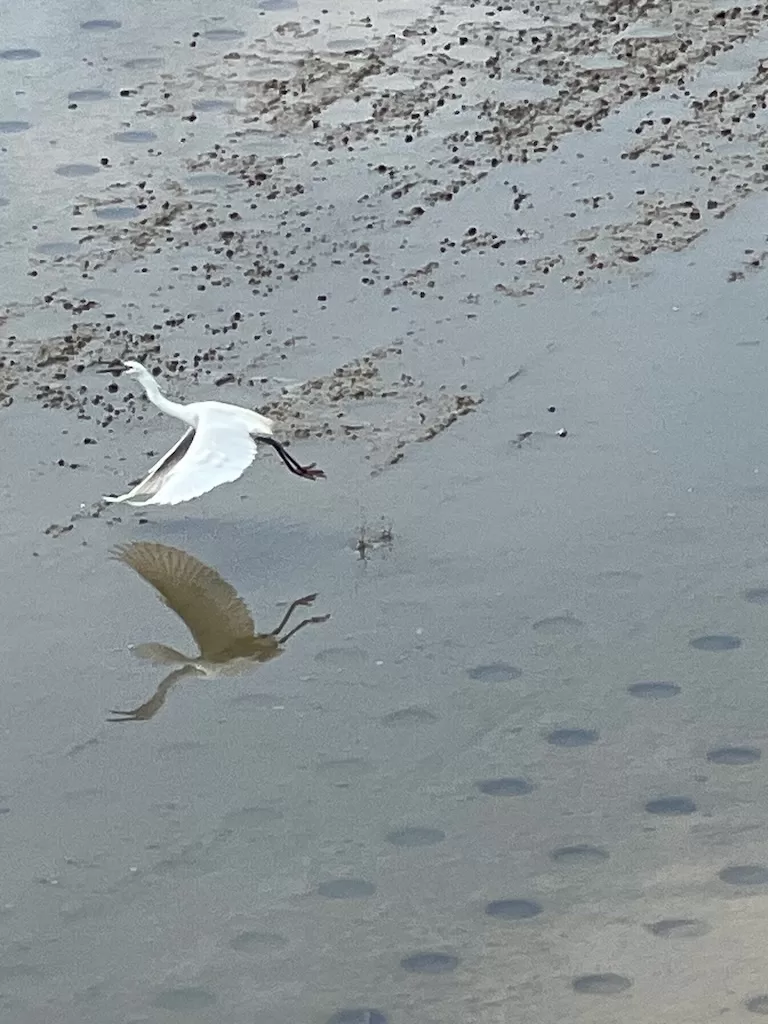
Photo: A little egret on Sheung Yue River, located right next to the Long Valley Nature Park
In focus during the lobby to conserve Long Valley was the Greater Painted-Snipe.
On a weekday morning I walked over to Long Valley Nature Park from home. It took only about 15 minutes or so, and I arrived in Yin Kong Village. There is a large façade indicating welcome.
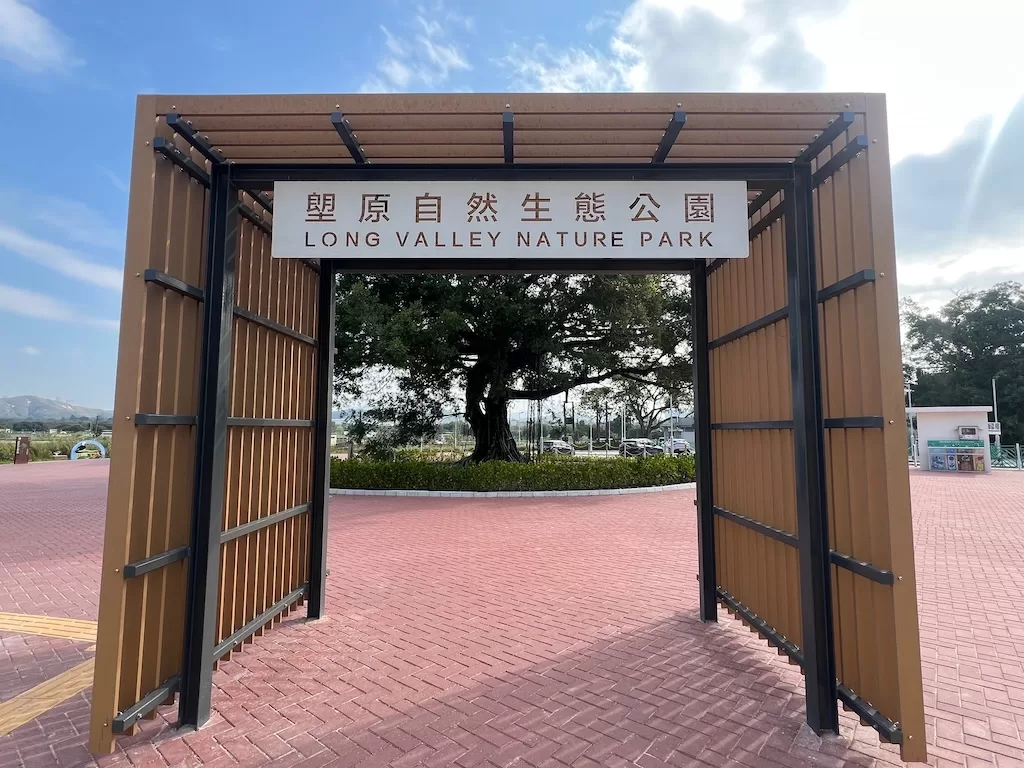
By itself, the Long Valley Nature Park may not impress visitors more than what it appears to be — a small area of farmland and freshwater marshland that is marked as an ecological park in a government initiative. But in the history of environmental conservation in Hong Kong, many think of the Long Valley conservation to be a near miracle, to say the least.

The Fight to Conserve Long Valley
The MTR Lok Ma Chau Spur Line
In 1998 the Executive Council asked the MTR to submit the development plan for the Lok Ma Chau Spur Line, which will, in due course, connect the newly developed area of Kwu Tung North to the Lok Ma Chau boundary crossing. In this original plan, the habitat of the Greater Painted-Snipe would be divided into two. After the second phase of the rail development, Long Valley would be further divided into three sections. This disruption to the habitat would have caused irreparable damage to the unique avifauna that habitate in Northern District.
Very soon in 1999, the Hong Kong Government published in the Gazette the plan for the Lok Ma Chau Spur Line without waiting for the environmental impact assessment from the MTR. The Hong Kong Bird Watching Society (HKBWS) sensed the urgency and acted immediately. In tandem with The Conservancy Association and other environmental groups, HKBWS raised public awareness on this issue, thus beginning the fight to conserve the Long Valley wetlands. The movement to conserve Long Valley would take 22 months.
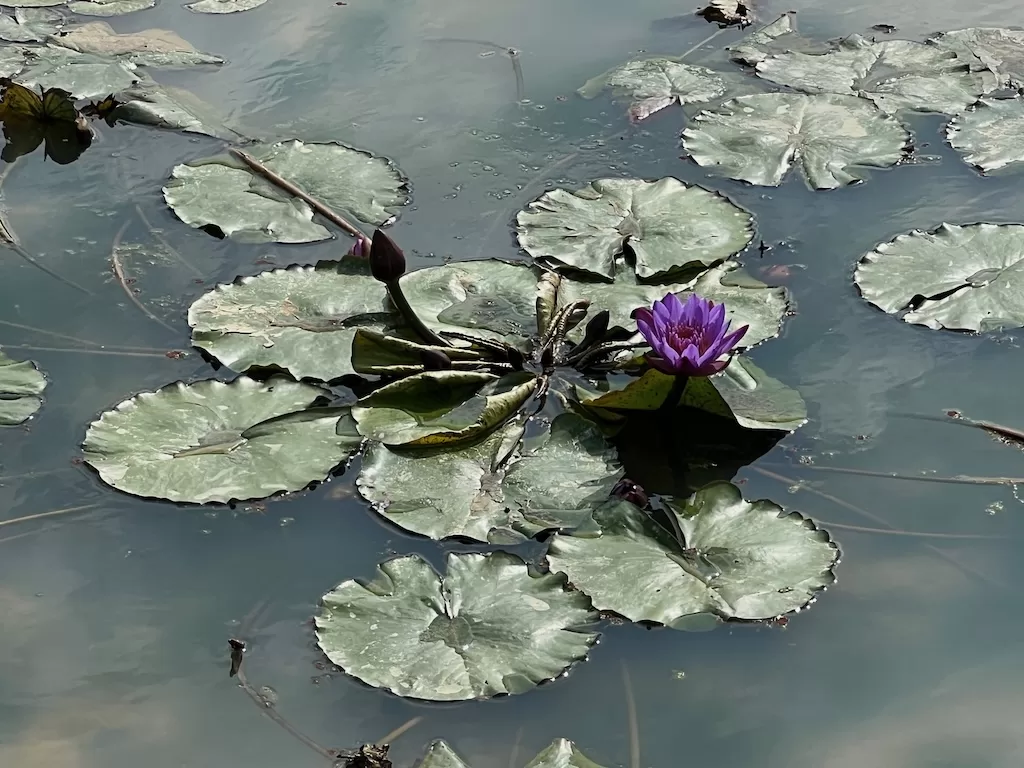
Eventually, the environmental impact assessment by the MTR would be rejected, and again after the MTR appealed the decision. The Lok Ma Chau Spur Line was then built differently than originally envisioned. Instead of building structures above ground with high bridges, the spur line went underground.
The Mascot of the Long Valley Conservation Movement
In focus during the lobby to conserve Long Valley was the Greater Painted-Snipe. The Greater Painted-Snipes are nocturnal birds. They take as their habitat freshwater marshes and swampland. In Hong Kong, they congregate in the Long Valley and Kam Tin areas. They like wet agricultural lands, particularly rice paddies. During the winter, a lot more of them migrate to Hong Kong from the north. Other species of birds that frequent this area include the little egret, black-winged stilt, yellow-breasted bunting, oriental pratincole, common greenshank, white-throated kingfisher, scaly-breasted munia, barn swallow and more.
Issues with Conservation of Farmland in Hong Kong
Although the fight to conserve the natural habitats of Hong Kong is very often pitted against the Hong Kong Government’s plans to aggrandize land supply for urban development, the actual situation is more complex.
There are a whole lot of farmlands in the New Territories. The problem is that farming is very much an obsolescence in Hong Kong (save for maybe a small number of culturally-oriented, environmentally-aware people that develop novel farming practices and businesses). Some of these farmlands, being in private hands, are simply left to the elements without any work of maintenance by their owners.
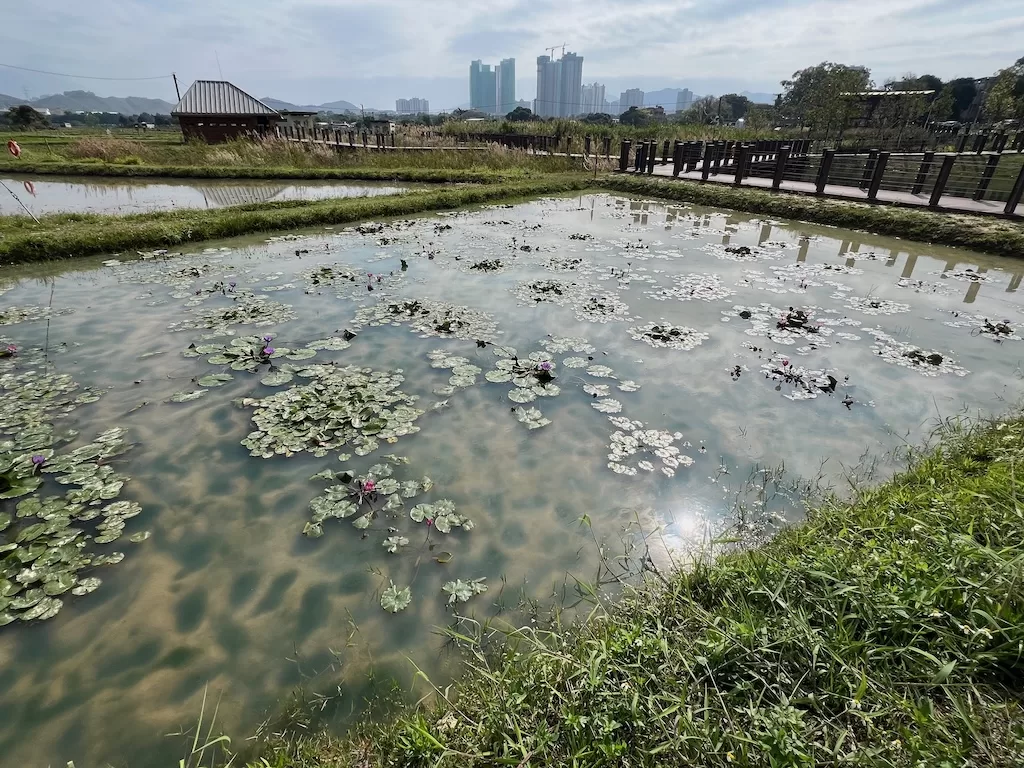
The Hong Kong government is not always to be blamed, although it is the main culprit in most cases. In view of the issue of private farmlands, the NGO’s of Hong Kong then stepped in to make management agreements with the landowners to maintain the farmland. They want these land to serve the very purpose of their being – farming. The farmers that I came across in Long Valley likely had such agreements with the government and the environmental NGO’s.
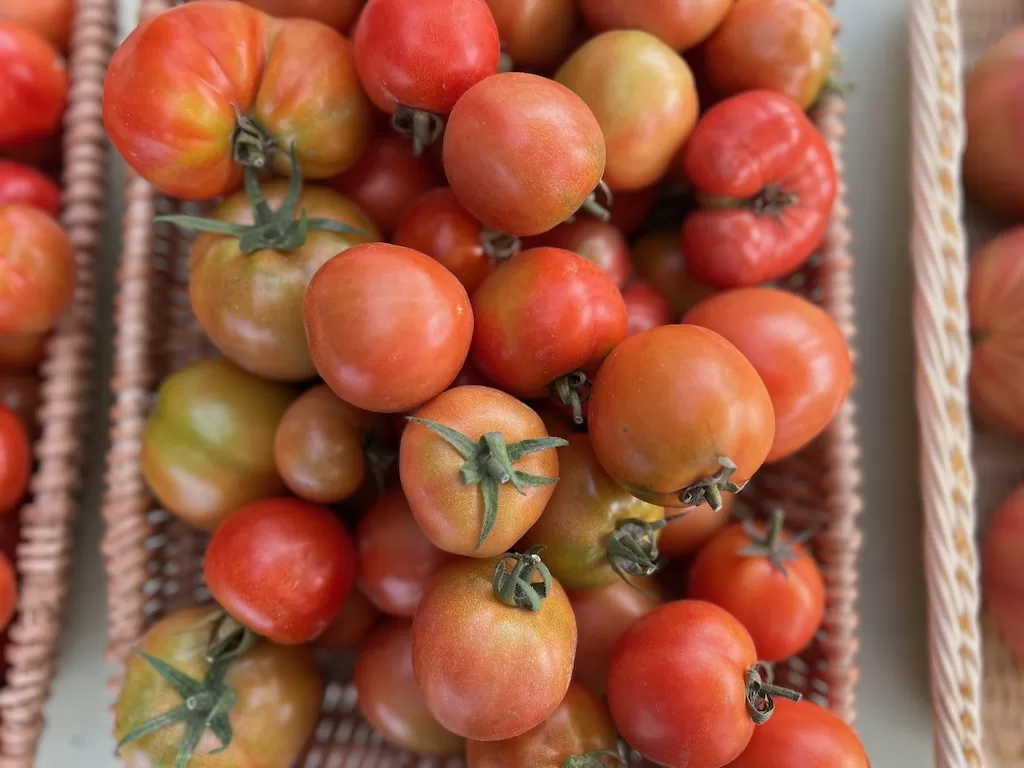
The Crops of Long Valley
Due to its character as a wetland, Long Valley features quite a number of wet crops. Water chestnuts, arrowhead, rice, lotus, water lilies —all kinds of crops are grown in the soaked fields at Long Valley. The clumps of reeds add a touch of wholesomeness.
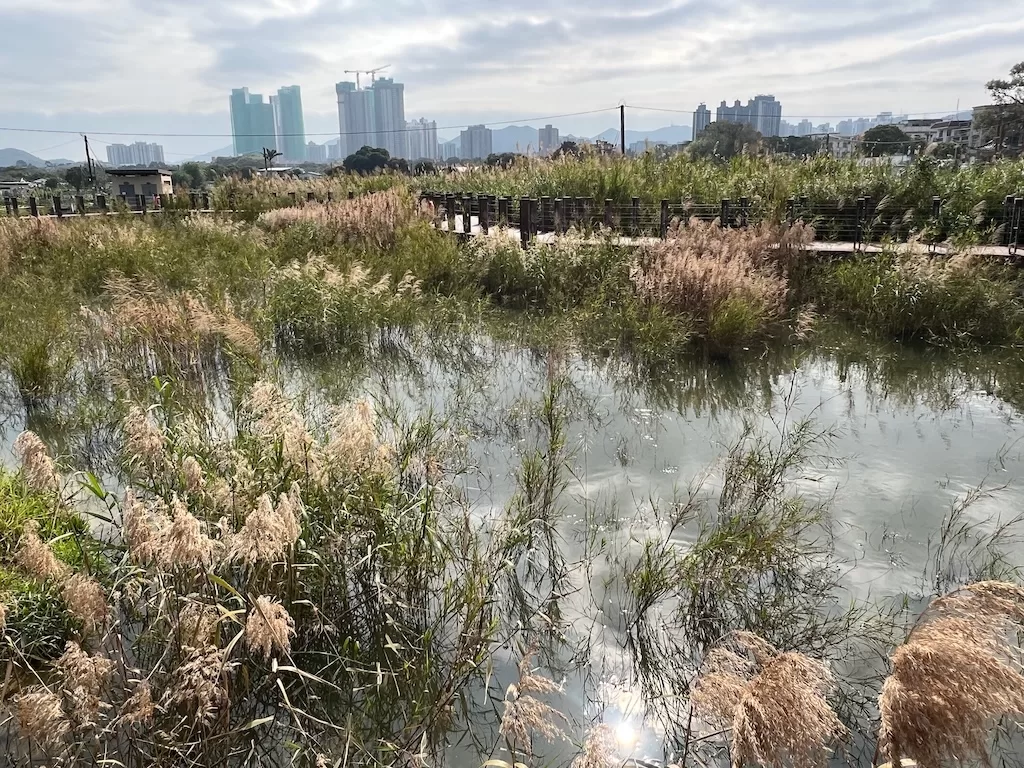
There are also dry fields for regular crops, particularly green vegetables. I saw peanuts, Indian spinach, Indian lettuce, eggplants and more, including flowers.
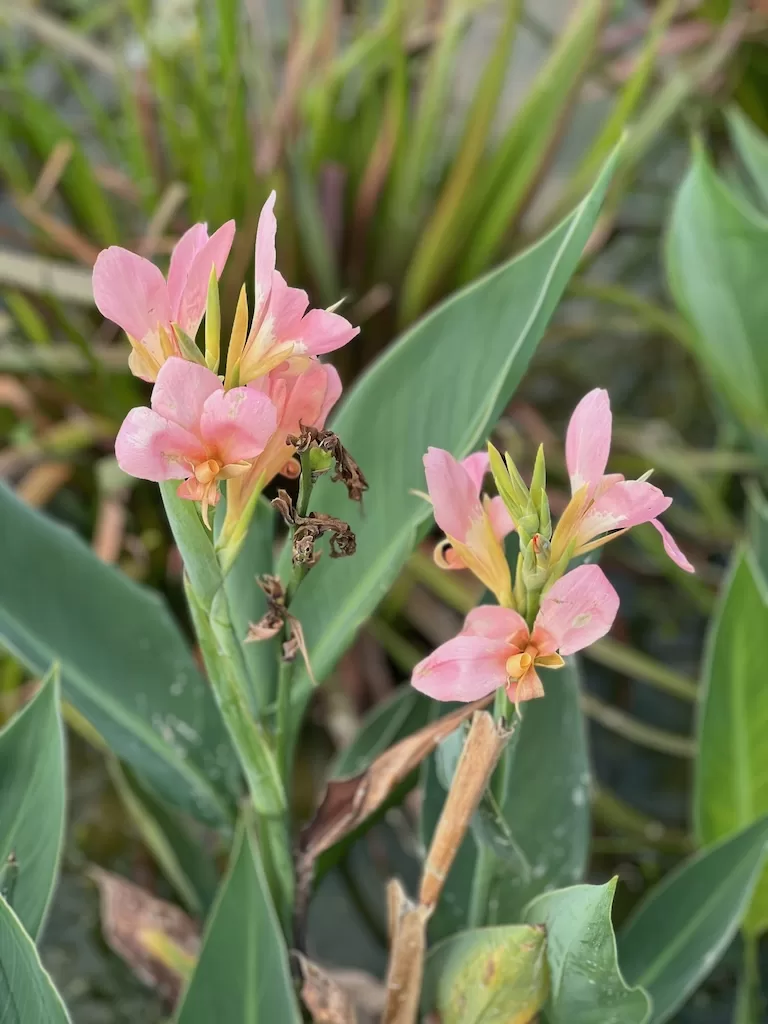
Finally, the fishponds are the “fields of choice” for the birds, as they seek food and rest there.
You may purchase some of the locally grown produce on site as well. The farmers have their coop and the organic produce are available for purchase at the stall.
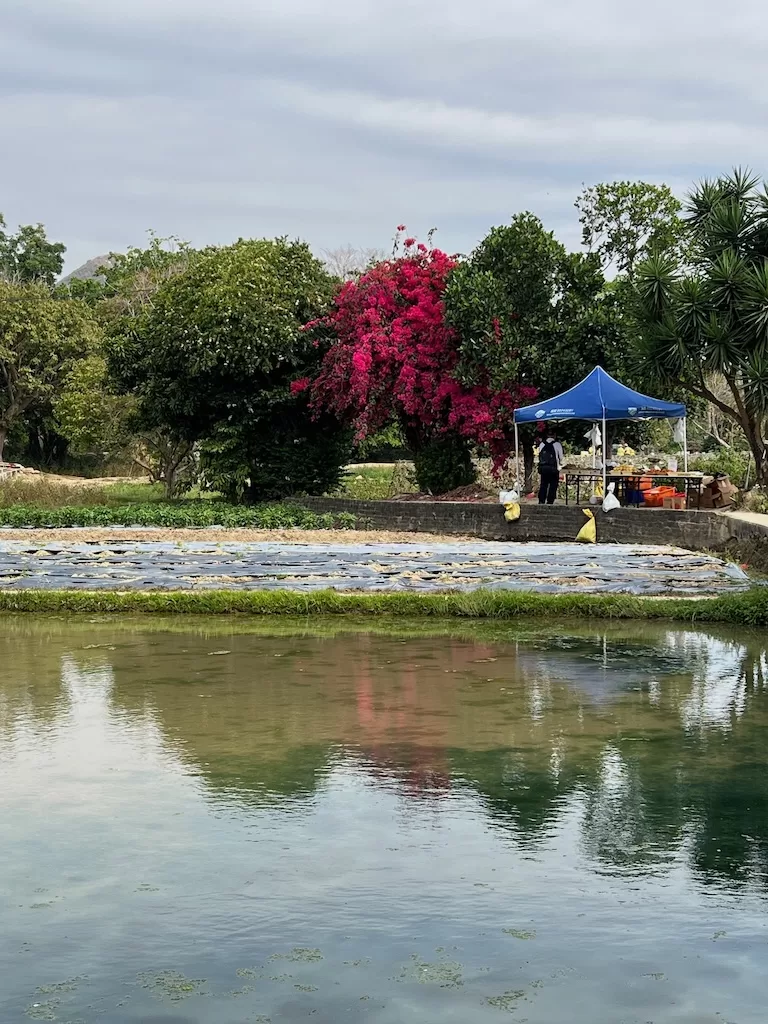
A Tour of Long Valley Nature Park
A leisurely stroll in the Long Valley Nature Park will take a little less than an hour. Although the Long Valley fields are as large as 37 hectares, only about 5 hectares of land are designated for visit by tourists.
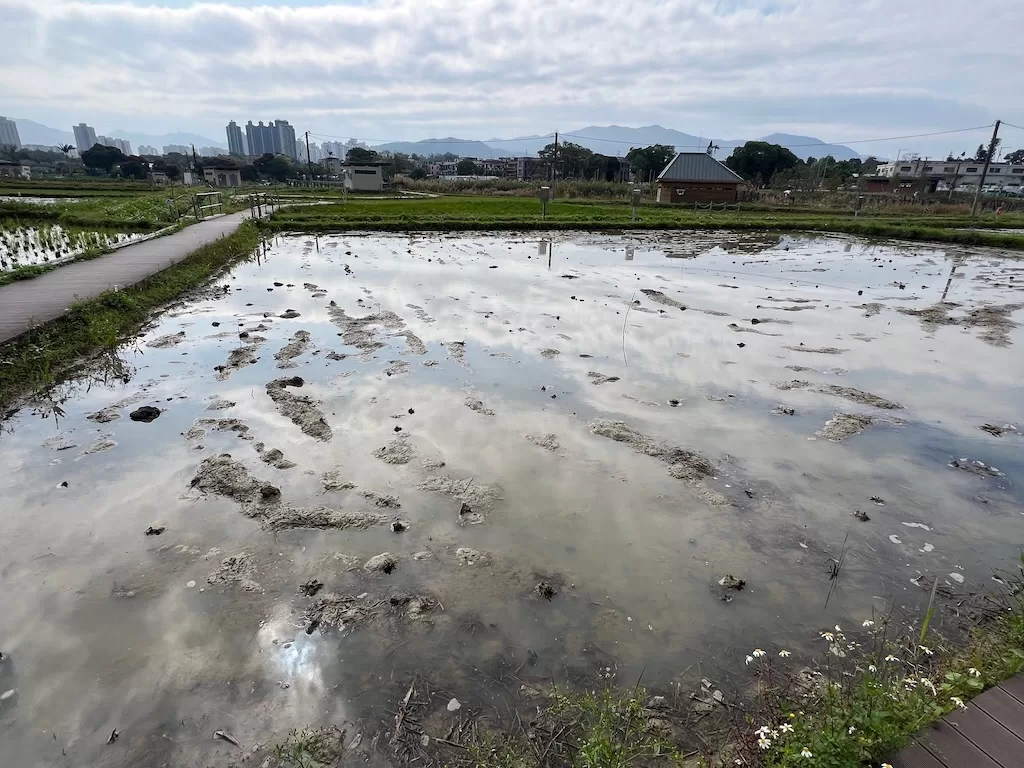
In the visitor zone there are boardwalks throughout the fields. You will come across many sections of produce there, a lot of which are wet crops, including a rice paddy.
The water-soaked fields glimmered under the morning sun. Tai Shek Mo, a hill afar, overlooks this area of Sheung Shui.
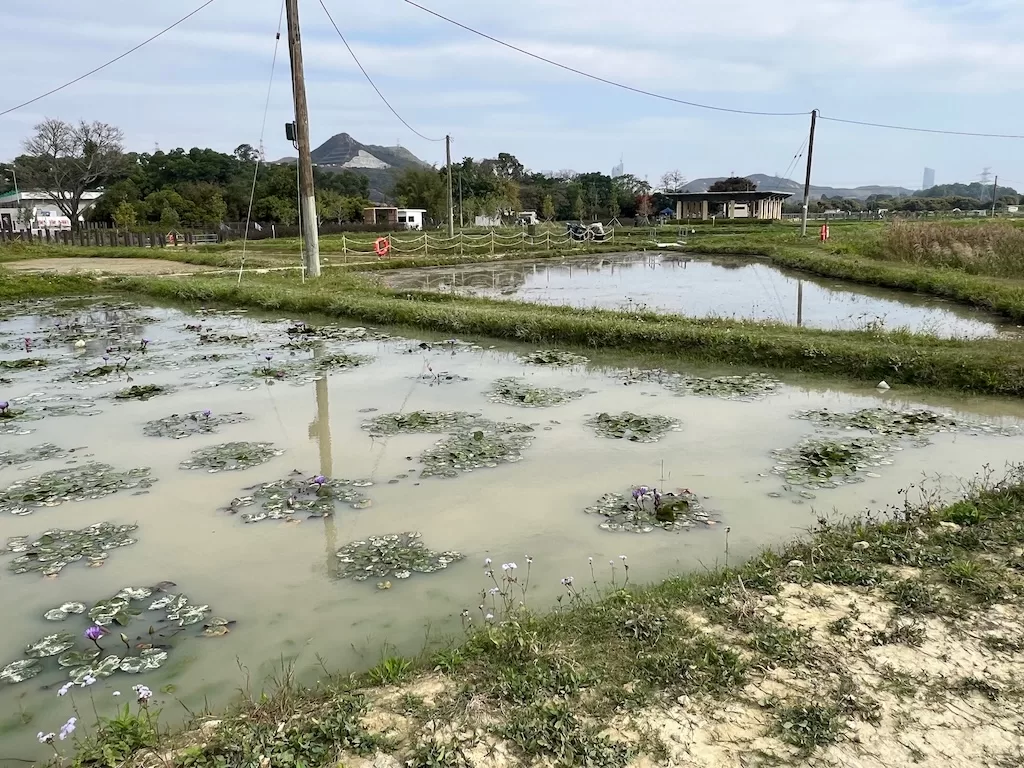
I saw quite a few farmers there, riding bicycles amidst the crisscrossing mud paths between the fields. They told me that they were not necessarily the villagers in the neighboring villages.
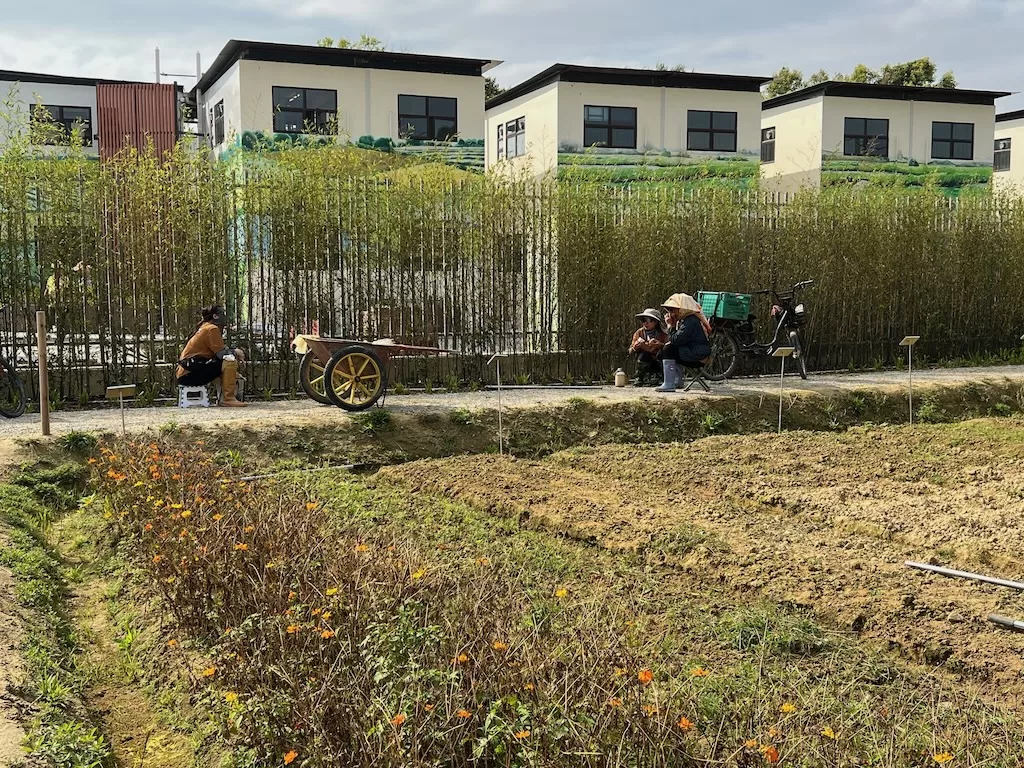
Steeped with the vibrant presence of avifauna, the Long Valley had plenty of rustic vibes in a location relatively close to human habitation. Yes, I saw birds resting amongst the water-soaked fields, and hunting for food. From what I could observe, the most seen species in the morning hours was the black-winged stilt and the little egret.
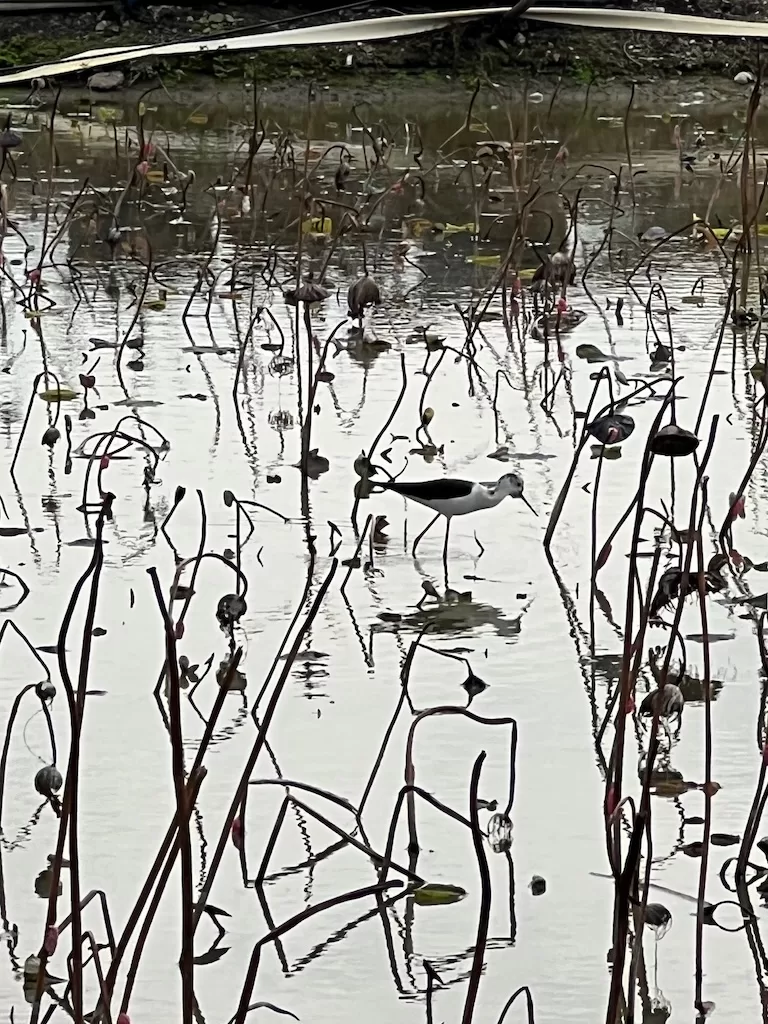
The Long Valley Nature Centre
In my opinion, the Long Valley Nature Centre, which lies across the Long Valley Nature Park, over Sheung Yue River in Ho Sheung Heung Village, is not worth a visit. The exhibition is simply too small to be anything instructive. The public toilets are there, however, so that might be the only worthwhile reason to look there. There is a short video on site introducing the Long Valley Nature Park.
Since you made it out here, perhaps you would like to pay a short visit to Ho Sheung Heung, since you would be at the edge of Ho Sheung Heung Village. There is village heritage there and famous tofu dessert.
About Opening Hours
Although the signs on site suggest that there is an opening hour for the Long Valley Nature Park, the park area itself, namely the freshwater marsh fields, are actually open all day. Those visitor hours indicate the opening and closing hours for the Long Valley Nature Centre, or perhaps the parking facility as well.
How to Get There
Transportation there is quite easy, as you have the options of taking Bus Route 76K and a number of green and red top minibuses, therefore there is no need to drive there. If you take Bus Route 76K, the closest stop is Kam Tsin. If you take the green top minibuses (Routes 51K, 51B) and red top minibus (Route 17 between Sheung Shui and Yuen Long), ask to get off at Yin Kong Village.
On Yin Kong Road, you will see the village entrance, you won’t miss it.
I am not certain if the parking lot there is intended for hourly parking by visitors. Please do take care to minimize disturbance to the villagers of Yin Kong Village.
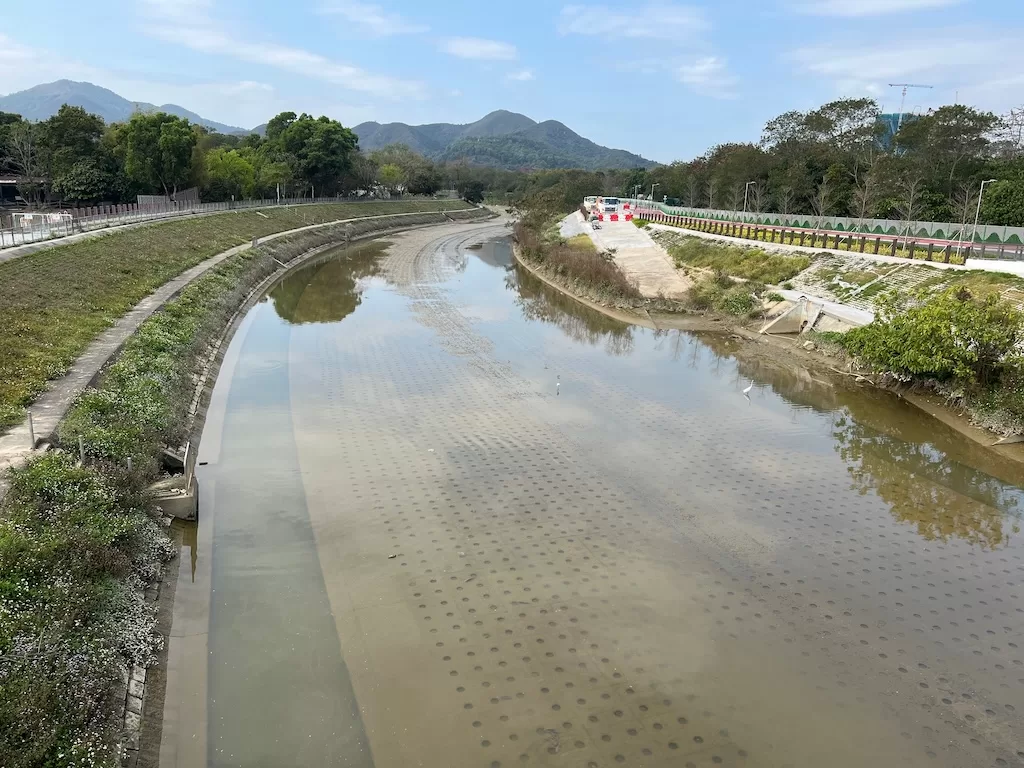
Sources
Most of the historic discussions in this entry about the conservation of Long Valley was taken from the Hong Kong Bird Watching Society website.
Development Bureau, Blog Articles From Former Secretary for Development, Mr. Michael Wong, Long Valley Nature Park.
inmediahk.net, The 20th Anniversary of the Long Valley Conservation Movement (4) (Chin).
inmediahk.net, The 20th Anniversary of the Long Valley Conservation Movement (8) (Chin).
